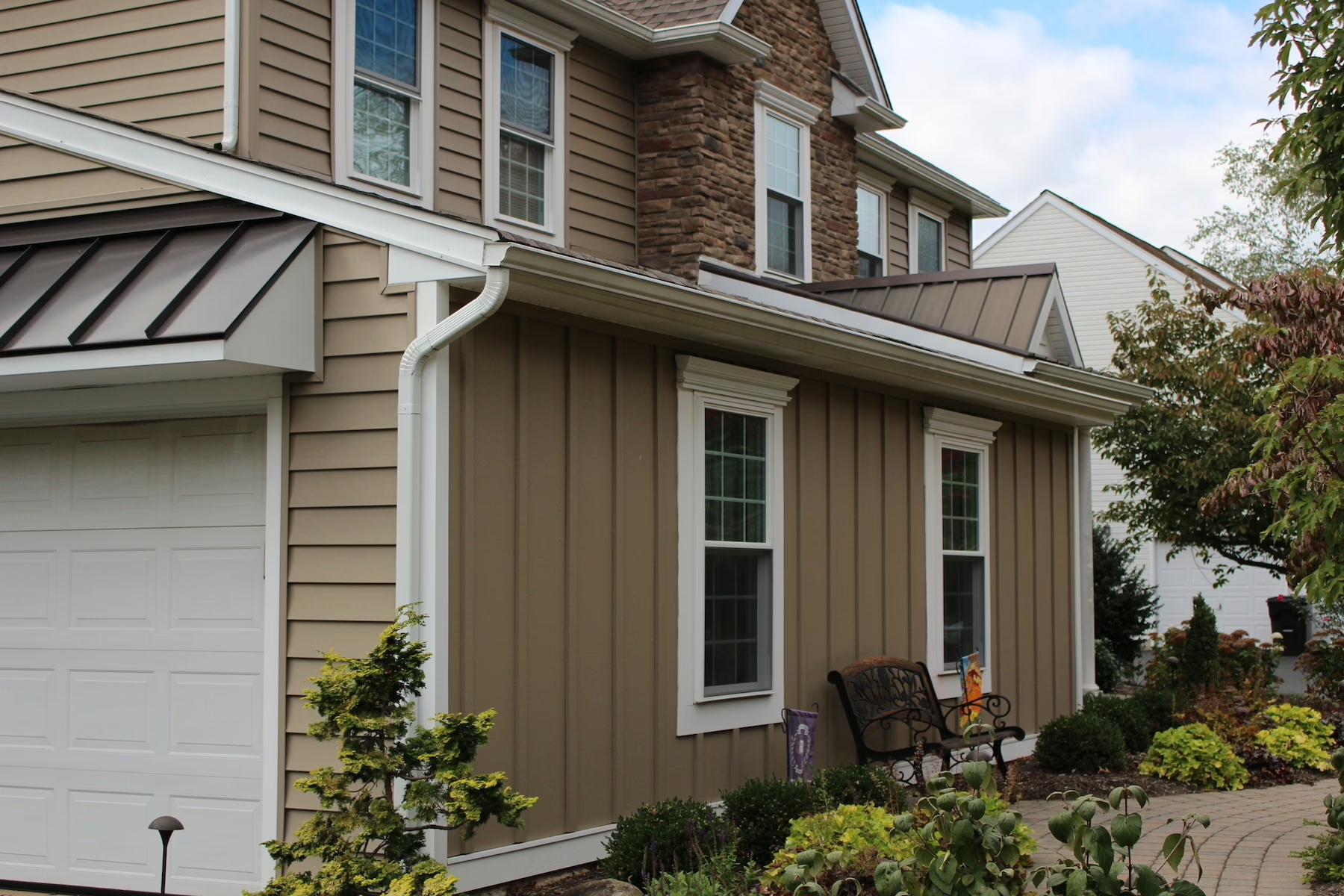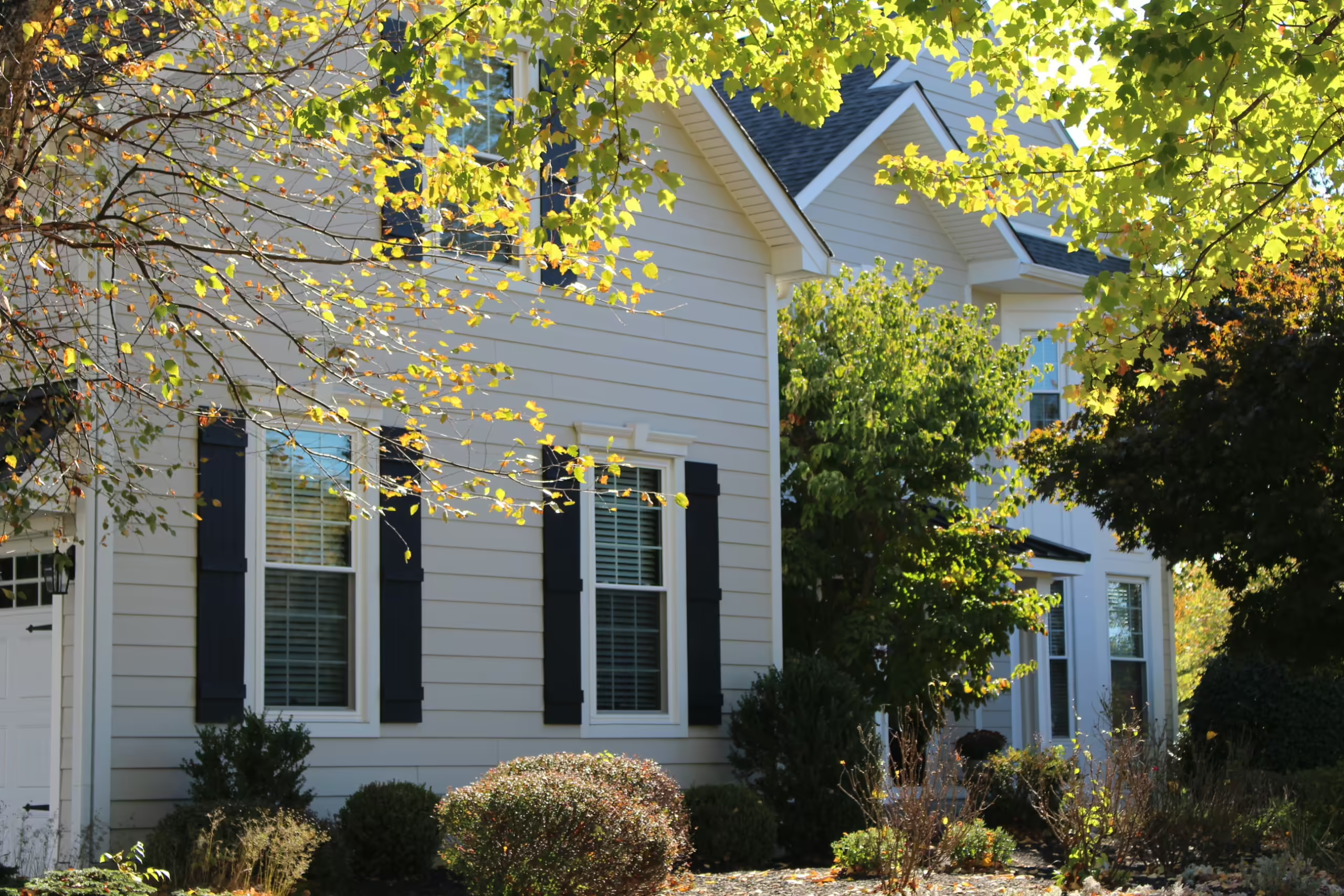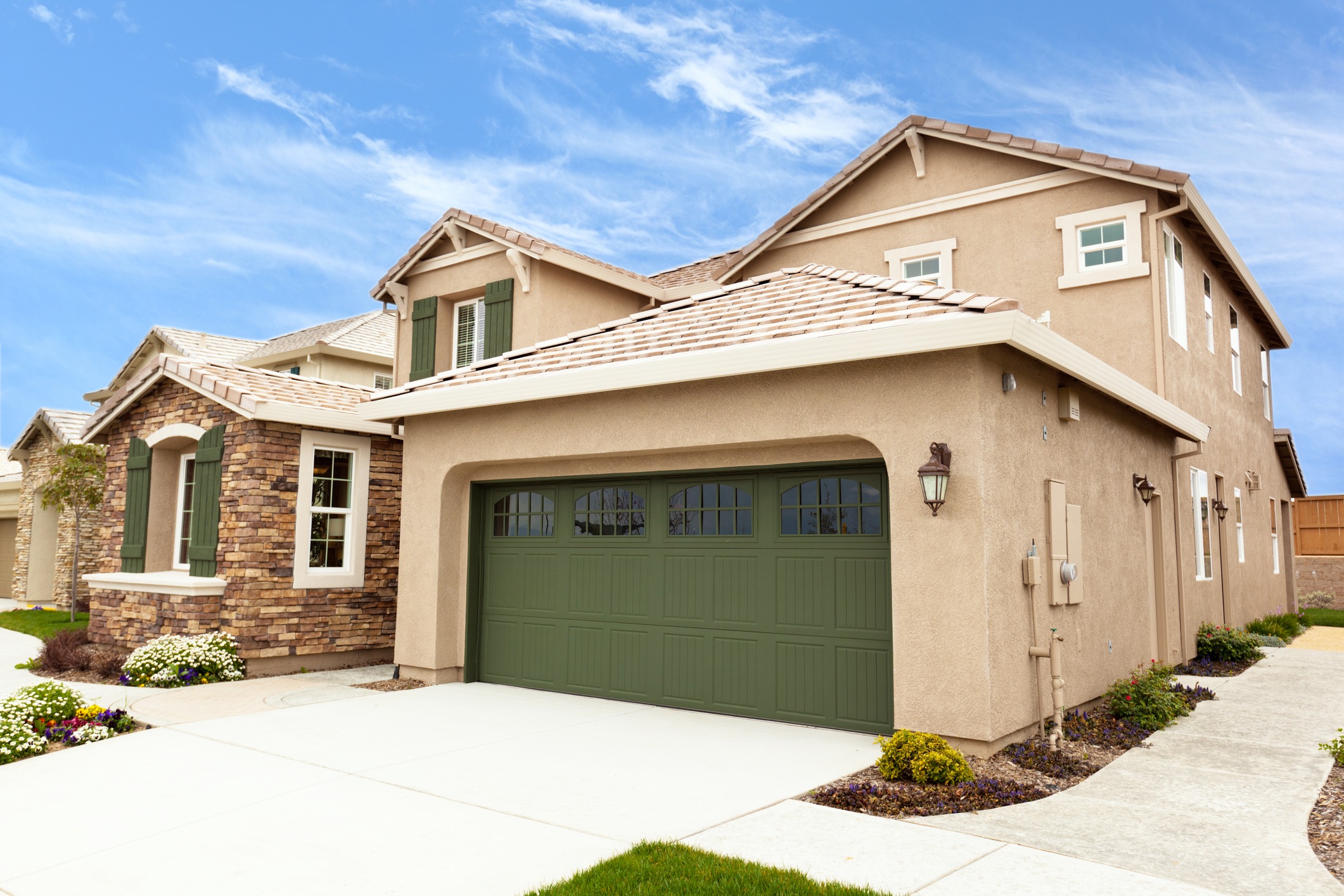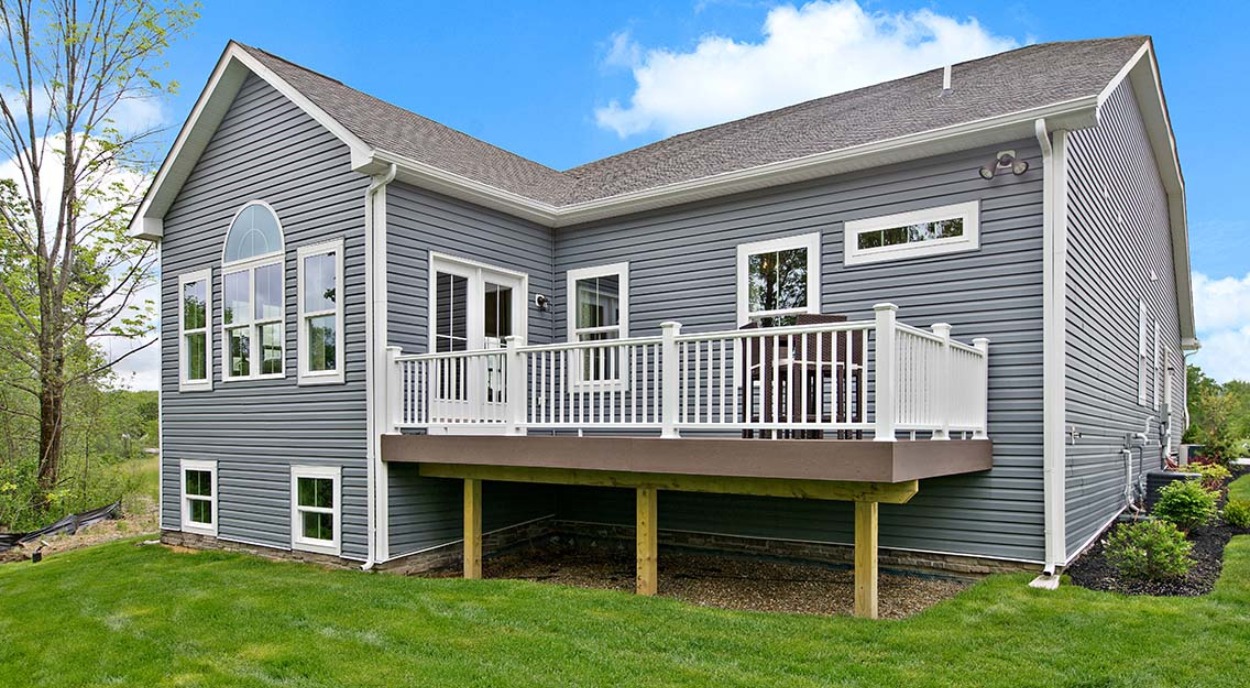The number one factor that impacts a roof’s lifespan is the material it is made of. When you have premium materials installed on your roof, its lifespan will be extended, and you’ll decrease the need for costly repairs along the way.
Secondly, selecting a reliable contractor who can guide your material choices when you replace your roofing system will benefit its lifespan greatly.
Read on to discover additional elements that impact your roof’s longevity, and how to know if it is approaching the end of its life.
Factors that Impact Your Roof’s Lifespan
Selecting Durable Roofing Materials
Asphalt shingles are the most popular roofing material, and when they are installed properly and maintained over the years, they can last up to 20-30 years. If you choose high-end asphalt shingles, they last even longer. Durable metal roofing can last up to 50-70 years. Wood shakes or shingles have a lifespan of 25-40 years when they are well-maintained. And slate lasts 100 years or more.
Ensuring Precision Installation
The second most important element that impacts your roof’s lifespan is the contractor you hire to install it. That’s why it’s vital that you take the time to find a reputable contractor who is licensed, insured, and experienced. Research the company online. Read customer reviews, and look for their track record with the Better Business Bureau and Angi. Ask the contractor for a few customer referrals so you can inquire about their satisfaction and see the workmanship for yourself.
Safeguarding Your Roof from Moisture Intrusion
Your roof’s underlayment is a vital element that impacts its lifespan. Your underlayment’s waterproofing or moisture resistance is crucial to the lifespan of your roofing system. Without underlayment, your roof decking may be infiltrated with water, causing it to mold and rot, and increasing the risk of indoor leaks.
Keeping Your Roof Well Maintained
Inspect your roof yourself from the safety of the ground with binoculars twice a year and after harsh weather passes through your area. Have your roof professionally inspected after major storms and whenever you suspect there is damage.
Never power wash your roof. Keep it free from unsightly moss growth, and maximize the lifespan of your roof by avoiding walking on it.
Ventilating Properly
Your roof’s lifespan will be impacted positively when it has adequate ventilation. When you optimize airflow in your attic, you’ll decrease heat and moisture buildup which can lead to things like ice dams, roof deterioration, and mold infestation. With proper intake and exhaust ventilation, you’ll create a balanced flow where warm, humid air is continually replaced by cool dry air in your attic, which extends the life of your roof.
Understanding Your Climate’s Impact
Your area’s climate has a direct impact on your roof’s lifespan. Severe storms can cause damage, creating the need for roof repairs or early replacement. The sudden change in temperatures can cause roof shingles to crack and age prematurely.
High winds can cause shingle granules to be removed and wear down your roof faster. If your tree limbs come into contact with your roof, they can rub shingles repeatedly and wear them down.
How to Know If Your Roof Is at the End of Its Life
Was Your Roof Impacted by a Storm?
Hailstorms, falling branches, high winds, and heavy snow and ice storms can all contribute to the need for a roof replacement. If your area has experienced any of the above recently, have your roof inspected to determine if it’s time for a new roof.
Does Your Roof Look Damaged?
If you step away from your home and look over your roof’s condition with a pair of binoculars, do you see missing, cracked, cupped or curled shingles? Do you have evidence of roof leaks—like discoloration—inside your home on the top floor’s ceilings? If you look inside your attic, is the insulation damp? Do you see signs of mold, mildew, or rot in your attic? These are all signs that your roof needs an inspection to determine if you need roof repairs or replacement.
Is Your Roof 25 Years Old?
Check your home records and be aware of the year you had your roof replaced so you know what to plan for in the future. If the typical lifespan of your roofing material type is approaching, have your roof inspected to determine when you’ll need a new one. If your roof is 25 years old or more and is covered in asphalt shingles, it likely needs to be replaced soon.
Are There a Lot of Roof Replacements Happening in Your Neighborhood?
Most of the homes in your neighborhood were likely built around the same year, so their roofing materials should wear out at about the same time. If you hear the sound of new roofs going up in your neighborhood, it may be time for you to get a new roof since yours has likely deteriorated alongside your neighbors’ at the same rate.
Do You Have Granules in Your Gutter?
Do you notice a pile of granules just outside your downspout after it rains? It is normal for some asphalt granules to loosen over time, but if it gets excessive, then the strength of your shingles is diminishing. Without enough granules, the sun can bake your shingles and cause them to warp, cup, or deteriorate.
Reliable Roof Inspections and Replacements

Safeguarding your most significant investment with a trustworthy roof gives you peace of mind as a homeowner. If you are not sure what kind of shape your current roof is in, a roof inspection will inform you of its condition.
At Preferred Home Improvement, we are an Owens Corning Preferred contractor, and we install their roofing systems with great attention to detail!



